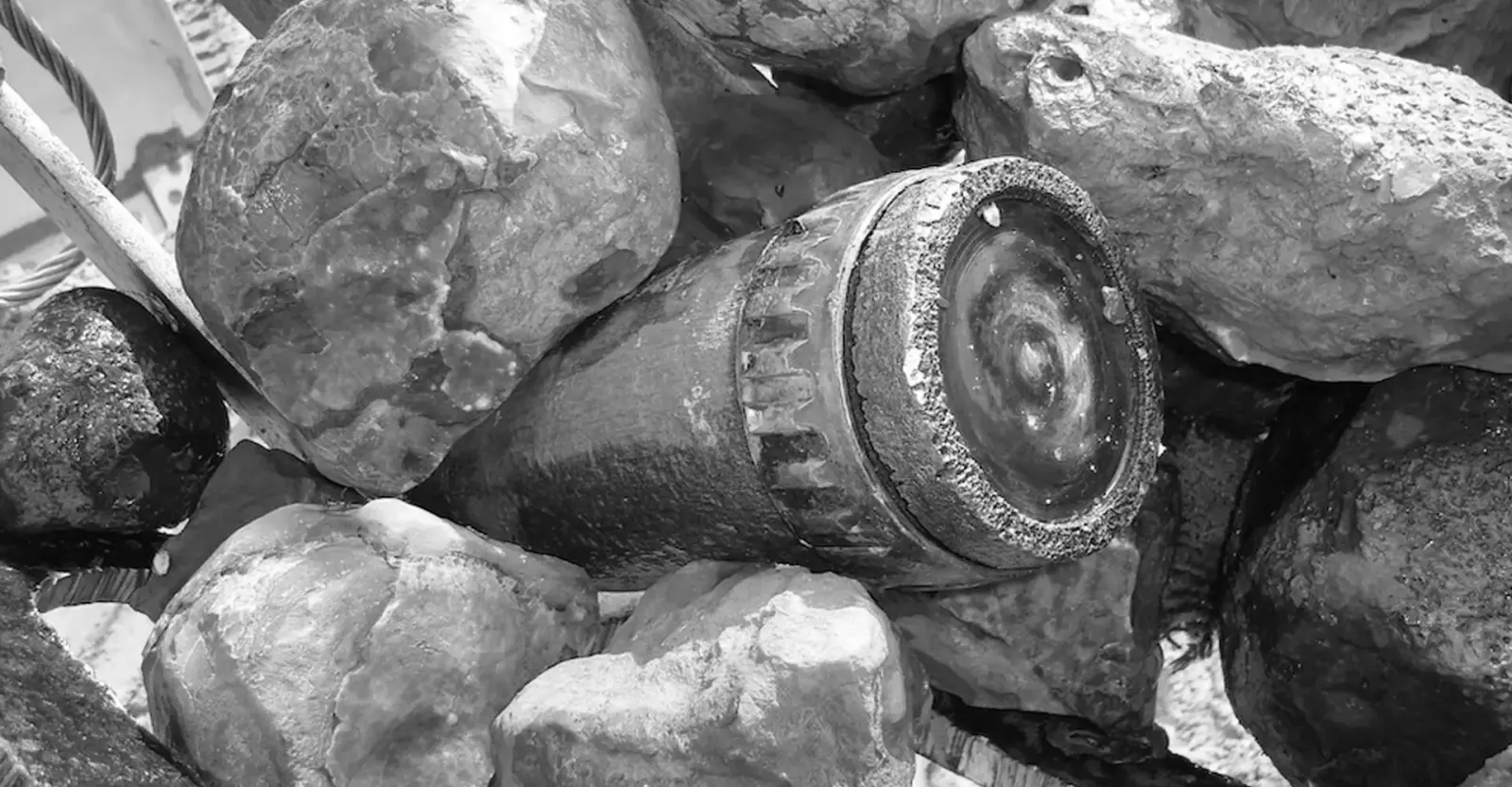
A glossary of commonly used explosive terminology
AAA: anti-aircraft artillery, an acronym you may see in a desktop report.
ALARP: as low as reasonably practicable is a princlple utilised in certain cases when dealing with the risk of encountering unexploded ordnance. The principle being that any residual risk must be reduced as far as reasonably practicable. It's common in the marine UXO space.
ARP: this stands for air raid precautions. It's a term you may read in a risk assessment.
AXO: the AXO acronym stands for abandoned explosive ordnance. As the name suggests, it is ordnance that hasn't been used and has been left behind or dumped and which is therefore not owned or under the control of a safe party. Unlike unexploded ordnance (UXO: see below), AXO might have been primed, fuzed, armed or otherwise prepared for use - or it might be inert.
BAC: this stands for battle area clearance which, according to IMAS (see below) is the systematic and controlled clearance of hazardous areas where the risk is known not to include mines. The differentiation between BAC and mine clearance is critical as clearance methodologies may differ greatly.
BACTEC: this was the former name for SafeLane's UXO land based unexploded ordnance service provision. The name was an amalgamation of the acronyms BAC (battle area clearance) and TEC (training, equipment and consultancy). In 2018 BACTEC rebranded as SafeLane.
BPD: Bomb Penetration Depth
BXP: this is an internal acronym for one of our intrusive survey methodologies. Learn more about the differences between survey methodologies, or contact us and we can ensure we recommend the most appropriate method for your site.
CPD: SafeLane's training courses are accredited by the CPD Certification Service where CPD stands for continuing professional development. This means our UXO and CIED training courses count towards an individual learner's annual professional development.
CPT: cone penetration testing, also known as cone penetrometer testing (CPT for short) is a method used to determine the geotechnical engineering properties of soils and delineating soil stratigraphy. Often used as part of an integrated ground investigation approach, CPT provides a fast and cost-effective means of quantifying the geotechnical and geo-environmental properties of soils – and of investigating potential unexploded ordnance risks.
DRA: detailed risk assessment.
DTS: desktop study (also referred to as a preliminary risk assessment) is a first stage survey of your project site. At SafeLane our researchers use data from a unique nationwide geospatial database of unexploded ordnance risk factors to produce the most reliable and trustworthy DTS/preliminary risk assessment available in the UK.
EOD: this is an acronym you will come across many times on this website and it stands for explosive ordnance disposal.
ERW: explosive remnants of war is an all encompassing term for any form of ordnance that is a legacy from conflict.
HE: high explosive.
IB: incendiary bomb.
IED: improvised explosive devices are bombs constructed and deployed in ways other than in conventional military action. As SafeLane we offer CPD accredited counter IED training.
IMAS: SafeLane's inimitably high professional standards are embedded in IMAS, which are the international mine action standards originally endorsed by the UN Inter-Agency Coordination Group on Mine Action in 2001.
LM: land mine (or landmine).
LSA: land service ammunition.
NVQ: National Vocational Qualifications are required for certain roles at SafeLane. You can explore our vacancies on our careers page.
PRA: this acronym refers to a preliminary risk assessment.
pUXO: this refers to potential unexploded ordnance - it's a term you might see in a risk assessment about your site's potential level of contamination from UXO.
QA: quality assurance and ...
QC: quality control are consultancy services offered by SafeLane. They are different approaches to ensure our clients receive a high-quality service.
RA: risk assessment.
SAA: small arms ammunition.
SI: site investigation.
SSSI: site specific safety instructions are offered by SafeLane's explosive ordnance disposal engineers to ensure your project personnel are aware of the dangers of UXO and what to do if they encounter a suspicious item that could be ordnance.
TBB: toolbox brief.
TFG: this is another internal acronym relating to one of our intrusive survey methodologies.
UXB: unexploded bomb.
UXO: unexploded ordnance.

